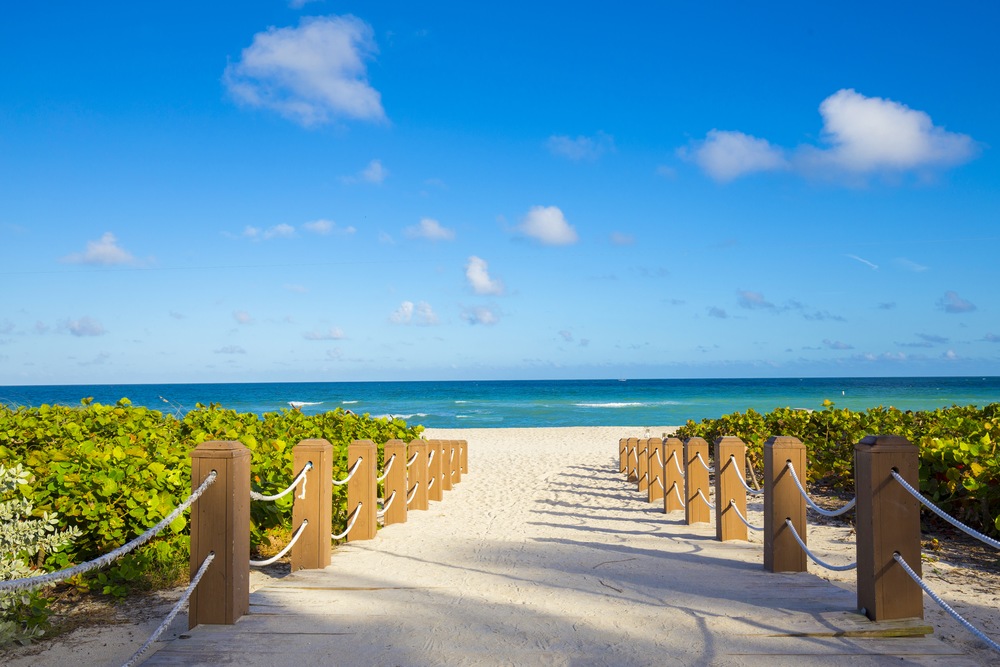Taking a Look at Beach Nourishment

If you live near the beach (or are a frequent visitor to your favorite shoreline), it’s impossible not to think about issues like erosion or sand mining affecting the look and feel of the coast.
Fortunately, in select spots across the globe, beach nourishment is changing coastal landscapes for the better.
In today’s blog, we’re exploring the efforts being made to restore the world’s most beautiful beaches back to healthy, thriving shores. Take a look!
Why re-nourish?
Before we explore the ins and outs of the nourishment process, let’s see why such an effort is required in the first place.
While human activities can negatively impact a shoreline (through litter, excessive construction, etc.) there are those acts of nature that are simply unpreventable. Florida’s hurricanes, for example, or the natural movements of ocean waves across the globe can batter down a beach and erode away the shore. That poses a threat to the people, animals, and cities that base themselves securely on the coast, calling for a helping hand in the form of outside intervention.
Those who are in charge of nourishing a beach know that they can’t stop wind, tides, storms, and other events from eroding the shores—but they can make those elements a little less damaging.
How beaches boost their profile
So, what exactly does beach nourishment entail? While the main goal is always to reverse or lessen the impact of erosion, the means of achieving that differ from case to case.
One method is to add sand and sediment to the current makeup of a beach, to replace material that’s been lost over the years. It’s not quite as easy as dumping new sand onto the shore, however—this part of the project requires a careful survey and analysis of the beach’s native sand, so that an addition of new material doesn’t tamper with the natural environment. Over time, adding this sand can help a beach to widen and become less susceptible to erosion’s damaging effects.
Other methods include building structures to keep the water from damaging especially fragile coasts, or using pressure devices that work like drainage systems—they keep sand from becoming too waterlogged and more likely to erode.
Long-term benefits
The benefits of beach nourishment can’t be understated—especially when it’s the only thing standing between thriving coastal societies and the damaging impact of erosion.
Take the Netherlands, for example. One quarter of the country lies below sea level (and much of it is coastal plains), so the need for careful monitoring and beach nourishment here is more important than ever. When necessary, suction devices are used to keep water from inundating the small country’s most susceptible spaces.
Other cases of beach nourishment exist in Florida, Australia, and even Coney Island, New York, where the first-ever beach nourishment project took place almost a century ago. In these places, coastal living is a way of life—so it’s important these spots stay protected.
Do you live near a beach that’s been nourished for the better? Let us know!
Bookmark & Share
User Comments
Be the first to comment on this post below!
Previous Article
Next Article















